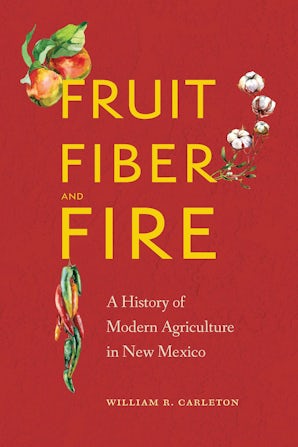Preface
Introduction
Part 1. Apples
1. Before There Were Aliens, There Were Apples: Myths, Moths, and Modernity in New Mexico’s Early Commercial Orchards
2. Patent Lies and the “People’s Business”: The Modern Core of Northern New Mexico Agriculture, 1940–80
Part 2. Cotton
3. The Shifting Subjects of a Southwest King: Cotton, Agricultural Industrialization, and Migrations in the Interwar New Mexico Borderlands
4. Diversification, Paternalism, and the Transnational Threads of Cotton in Southern New Mexico: The Industrial Ideal at Work at Stahmann Farms, 1926–70
Part 3. Chile
5. Crossing Chiles, Crossing Borders: Dr. Fabián García, the New Mexican Chile Pepper, and Modernity in the Early Twentieth-Century U.S.-Mexico Borderlands
6. The Evolution of a Modern Pod: The Industrial Chile and Its Storytellers in New Mexico
Conclusion
Notes
Bibliography
Index
